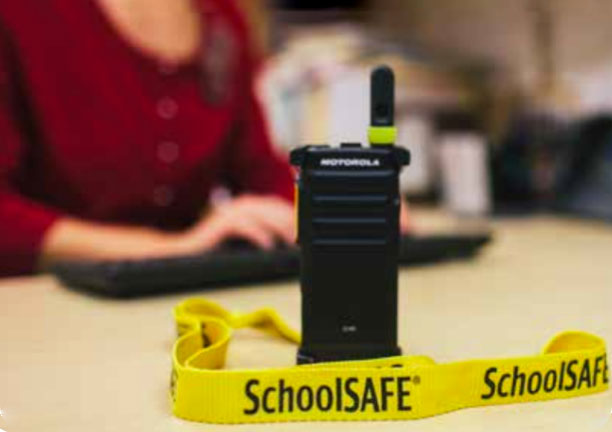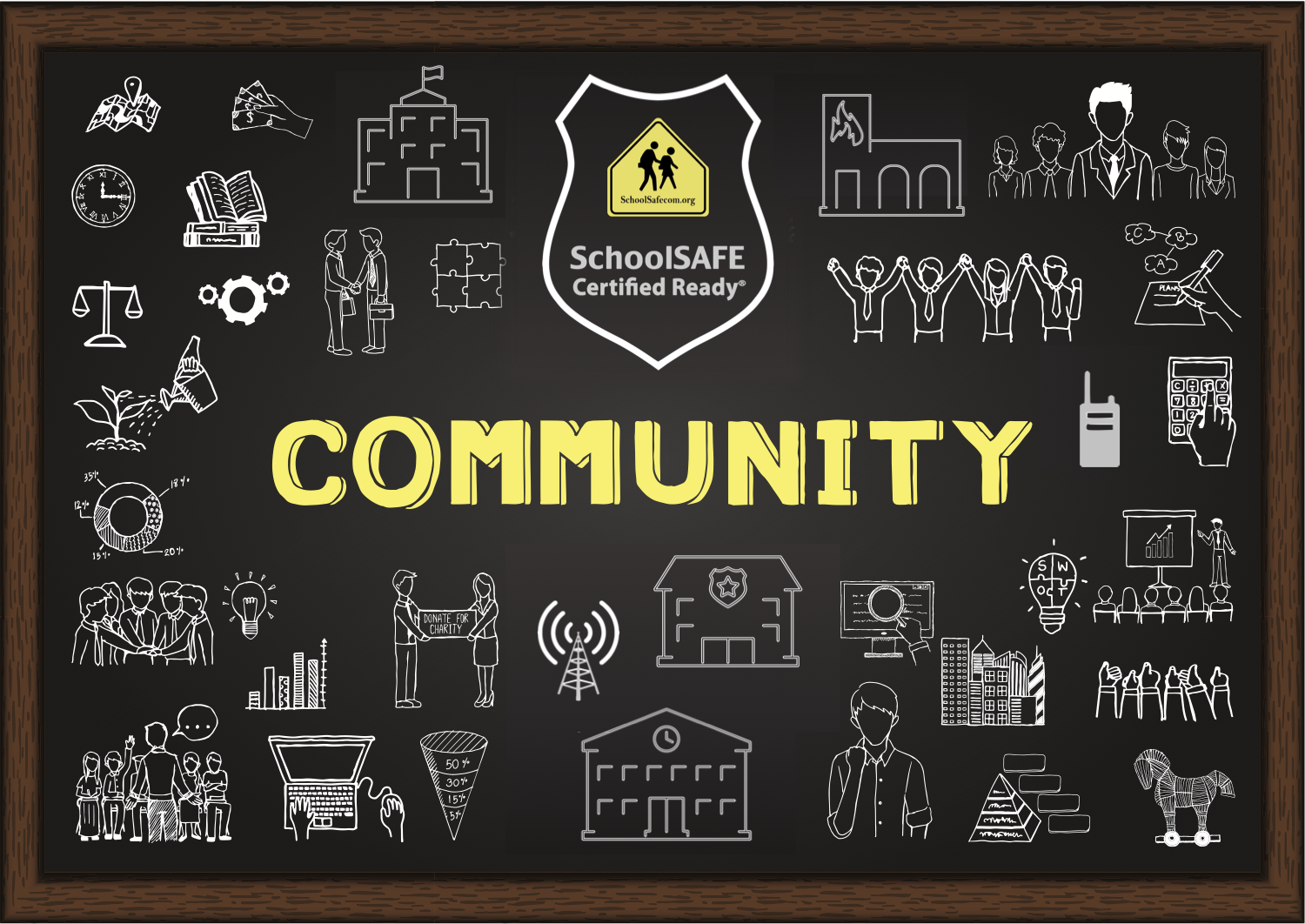The empowerment of Community Partnerships
Why are school safety communications and community partnerships important? We recently planned and facilitated a tabletop exercise for a rural Colorado school district and their public safety community partners. This exercise reminded us of how important community partners are to school safety. It also reminded us of how community partnerships are based on multiple aspects. These include teamwork, relationships, and a commitment by the various agencies and private sector partners.
Safe Schools Act
For instance, in Colorado, the Safe Schools Act describes safety and security activities and expectations for schools. Within the Act, the concept of school safety “community partners” includes a large number of groups. These groups include: local fire departments, state and local law enforcement, local 911 agencies, interoperable communications providers, the Safe2Tell program as well as local emergency medical service personnel, local mental health organizations, local public health agencies, local emergency management personnel, local or regional homeland security personnel, and school resource officers.
SchoolSAFE is an interoperable communications provider. The program has had to define what the role of a private sector community partner could, or should, be. Providing equipment to enable two-way radio interoperable communications did not meet the spirit and intent of the Safe Schools Act. As a result, we’ve expanded our services portfolio to include a number of services. These include training and exercises directly related to the following: school-based emergency communications, school Crisis Management plans and Emergency Operations plans, and school-based emergency exercise planning and facilitation based on the Homeland Security Exercise and Evaluation Program (HSEEP).
Two-Way Radios
A part of a long-term attempt to improve school safety in this community has included two-way radio infrastructure, interoperable communications infrastructure and related safety team training, and a complete revision of the District Crisis Management Plan along with an Emergency Operations Plan (EOP) specific to each school. This was followed by a 22-month project to deliver a series of exercises. Our best thinking led us to the conclusion that assigning one project manager to this series of projects would enable the SchoolSAFE PM to develop a deep understanding of the schools, the district, and the community. They would be providing the opportunity to establish relationships with leadership and other staff from the district, each school, department, and outside agency. The result is each PM has a deep sense of commitment, responsibility, and ownership for the success of each community’s journey to maximize school safety.
In conclusion, the real reasons for these major improvements in school safety can be credited to the commitment of stakeholders. These stakeholders include the school district and its central leadership, the principals and other school leadership staff, the public safety agencies that serve the school community, and the emergency communications Public Safety Answering Point (PSAP). Each agency has been actively involved to understand issues, provide input, review plans, and have commitment to an ongoing training and exercise program. While a very good relationship existed between Public Safety and the School district prior to this series of projects mentioned above, the teamwork during the past 27 months has deepened those relationships and continues to improve the capacity of each agency. This will mitigate the effects of a school emergency, respond to incidents when they happen, and to recover from incidents.

